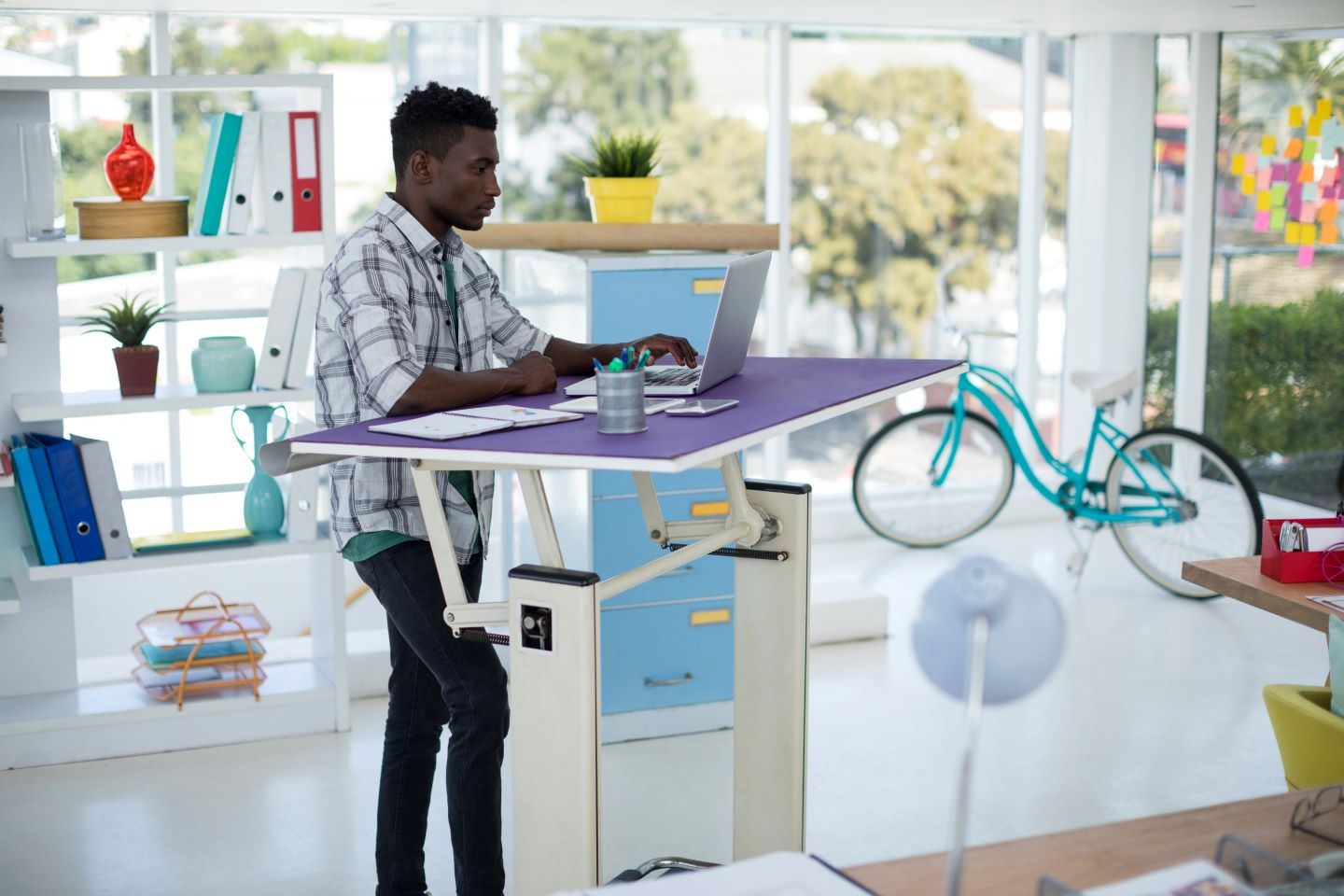The Unseen Impacts of Sitting Less, and Moving More
We live in a world that is dominated by screens and technology, meaning we spend more time sitting and scrolling. Whether sitting at a desk for long hours in an office, the couch at home, or driving or commuting, our bodies spend a significant amount of time tethered to a chair. While this might not seem to have significant impact on our mind and bodies, this sedentariness can wreak havoc that you may not even realize. Today, we will talk more about the hazards of excessive sitting, and offer some ways you can get your body moving.
According to the Mayo Clinic, research has linked sitting for a significant amount of time to several health issues:
- Increased blood pressure
- High blood sugar
- Excess body fat around the waist
- Unhealthy cholesterol levels
- Increased risk of death from cardiovascular disease and cancer
Along with these health conditions, excessive sitting can also cause poor posture and musculoskeletal issues such as back and neck pain. Sitting at length can also result in muscle imbalances where certain muscles become tight, and others become weakened.
“Besides being uncomfortable, poor sitting posture and workplace ergonomics over time
can damage spinal structures and contribute to recurrent episodes of neck or back pain.” -UCLA Health
Additionally, there are mental health concerns that also arise for sedentary behaviours such as higher rates of depression and anxiety. Long amounts of sitting may also be linked to decreased cognitive function which can increase the risk of dementia.
“Some of the psychological effects of sitting may also be rooted in what people tend to do while in their chairs. They may stare at an electronic screen, rather than connecting emotionally with others.” -Pshychology Today
Tips to get moving!
Combating the negative effects of excessive sitting involves incorporating positive habits that encourage movement throughout your day. Here are a few tips to help you stay active during your work week:
Take breaks
It is easy to become wrapped up in deadlines and endless paperwork. Set a timer to remind yourself to move throughout the day. Stand up and engage in light movement every 20-30 minutes, and use your designated breaks to walk around, engage in simple exercises, and stretch your body.
Consider a standing desk
There are a variety of options available to help mitigate excessive sitting. Using a standing desk is a great way to reduce time spent sitting during your work hours. You can alternate between standing on your feet and sitting in your chair, finding a comfortable balance that works best for you.
Incorporate movement into your daily routine
Simple changes can make a significant difference. For example, park your car further away to get additional steps in, walk or bike to work if possible, take the stairs when available, and stand or walk when taking phone calls.
Watch your posture
Pay close attention to your posture when sitting. Keep your back straight, shoulders relaxed and feet flat on the floor. Ergonomic chairs and desks are excellent options to help support good posture.
The key to breaking up prolonged sitting is to incorporate movement and activity throughout your day. Remember that even small changes can make a significant difference on your overall health and well-being. Find what works for you, create healthy habits, and keep moving as much as possible to stay healthy in both the short and long-term.

